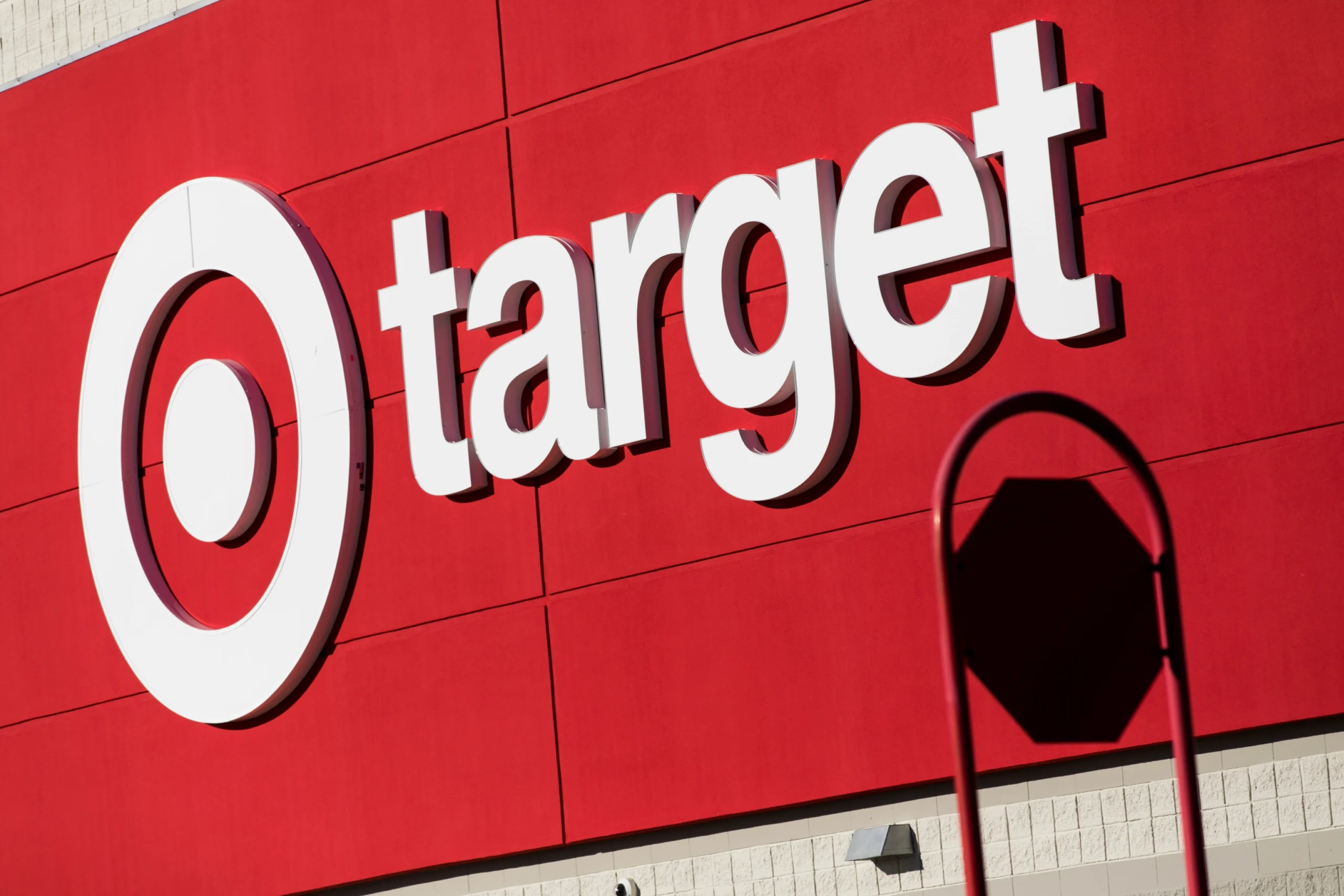Getting your product onto retail shelves is one of the biggest milestones for any brand. But have you ever wondered how retailers decide which new products to stock — and which ones to pass on?
The decision isn’t random. Retailers carefully evaluate each product against multiple criteria, from target market alignment to profitability and shelf life. Understanding these factors can dramatically increase your odds of success when pitching your product to retail buyers.
In this article, we’ll explore the key factors that influence retail buying decisions, how retailers optimize for ROI and shelf space, and what you can do to make your product stand out.
1. Understanding the Product’s Target Market
Before a retailer says “yes,” they need to know exactly who your product is for. Retailers ask:
- Who is most likely to buy this product?
- Does it fit the needs and demographics of our existing shoppers?
For example, a new children’s toothpaste targets parents with young kids — meaning it should be positioned in stores that cater to family-oriented consumers. Likewise, a premium dog food brand will perform best in pet specialty stores or sections that attract pet owners.
If you clearly define your target market and demonstrate that your product fills a gap in the retailer’s assortment, you’ll make the buyer’s job much easier — and your product much more appealing.
2. Setting the Right Price Point
Your pricing strategy can make or break a deal with a retailer.
If your price is too high, consumers may hesitate to try something unfamiliar. Too low, and your product could be perceived as low-quality — or it may not leave enough margin for the retailer.
Retail buyers compare your product’s price against existing competitors on their shelves. They look for a competitive price-to-value ratio that encourages trial without sacrificing profitability.
Finding that sweet spot — competitive yet profitable — is crucial for getting your product listed and staying on shelves long-term.
3. Considering Product Shelf Life
Shelf life plays a huge role in retail stocking decisions, especially for perishable or seasonal products.
Retailers need products that won’t sit unsold or expire quickly. A fashion trend or limited-edition food product, for example, may have a short shelf life due to style changes or expiration dates. In contrast, durable goods like electronics have a longer selling window.
When pitching, highlight any features that extend your product’s longevity — such as improved packaging, stable ingredients, or timeless appeal — to show retailers that your product can maintain sales over time.
4. Retailers Aim to Maximize ROI from Every Product
Retail buyers are under constant pressure to make every inch of shelf space profitable. That means they assess each product not just on sales potential, but also on return on investment (ROI) and inventory efficiency.
Some key ROI considerations include:
- Profit margins: How much profit does the retailer make per unit sold?
- Stock turnover: How quickly will the product sell and need replenishment?
- Inventory costs: What are the risks of holding unsold stock?
- Opportunity cost: Could a different product deliver higher sales in the same space?
Retailers rely heavily on data — including market trends and past category performance — to make these stocking decisions. Products that demonstrate strong ROI potential stand a much better chance of being accepted.
5. Balancing Margin and Turnover
A retailer’s success depends on striking the right balance between high-margin products and fast-turning items.
Luxury goods may have high profit margins but slower sales velocity, while everyday essentials may sell fast but yield smaller margins. Retailers need both to maintain a healthy mix.
They also monitor seasonality and consumer trends — adjusting inventory to align with demand peaks, holidays, or changing preferences. A brand that can provide sales data, case studies, or demand forecasts shows buyers that it understands these retail dynamics.
6. Aligning Stocking Decisions with Consumer Behavior
Retailers analyze shopping patterns to identify “traffic-driving” products — items that draw consumers into stores. These hero products often influence which complementary products get stocked nearby.
By demonstrating how your product can:
- Increase store traffic,
- Complement other items, or
- Encourage upsells and cross-sells,
…you can position it as a valuable addition to the retailer’s overall merchandising strategy.
Retailers also prefer brands that offer a diversified product mix, balancing high-demand staples with unique, high-margin items that appeal to niche shoppers. Showing how your brand contributes to this balance can strengthen your pitch.
Final Thoughts: Getting Your Product on Retail Shelves
Pitching a new product to retailers can be challenging — but understanding how they make stocking decisions gives you a major advantage.
When presenting your product, focus on:
- Clearly defining your target market
- Justifying your price point
- Explaining your shelf life and sales cycle
- Highlighting ROI potential and consumer demand
Don’t overlook additional details like packaging design, case packs, and shelf space requirements — these operational factors can make or break a buyer’s final decision.
Ready to Launch in Retail?
If you’re ready to take your product from D2C to retail shelves, Retailbound can help.
Since 2008, we’ve helped hundreds of product brands successfully launch and scale across more than 150+ retailers in the U.S. and Canada. From buyer engagement to retail sales management and marketing support, our team knows what it takes to win in retail.
👉 Contact us today to learn how we can help your brand grow in the retail channel.
About the Author
Yohan Jacob is the President and Founder of Retailbound, a retail channel management consultancy helping product brands launch, grow, and scale in retail. Retailbound bridges the gap between product creators and retailers, providing expertise in retail strategy, buyer engagement, sales management, and channel marketing.relations.


